December 23rd, 2020
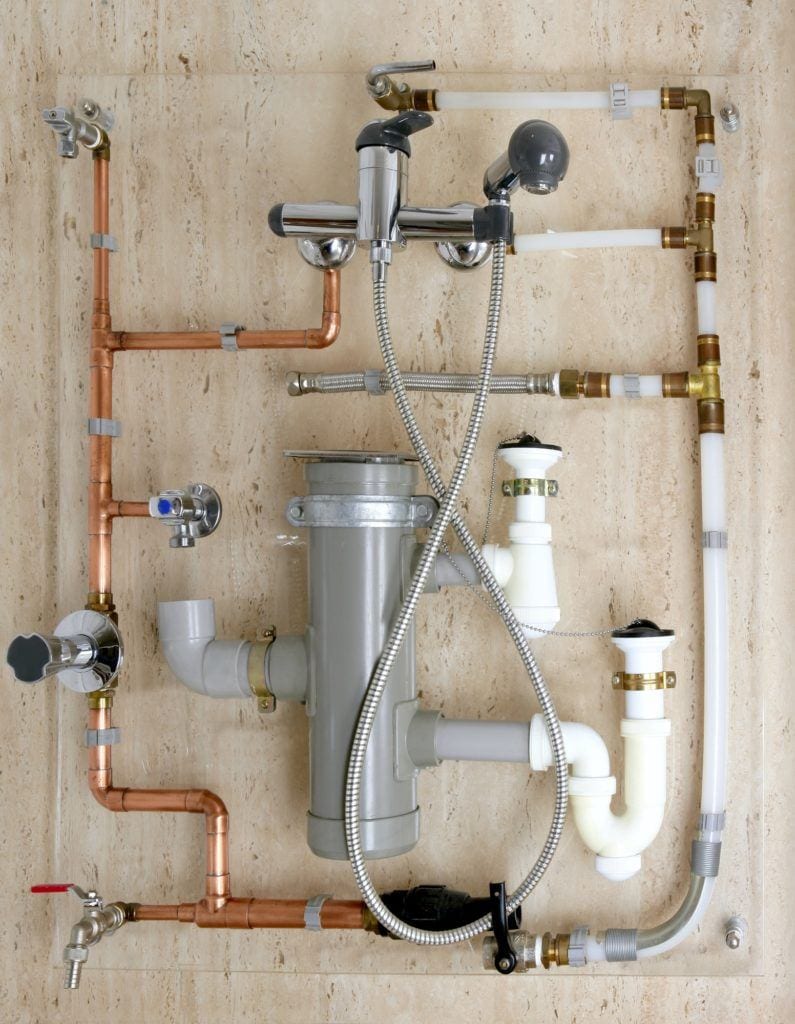
No matter if you are involved in a new construction project or implementing upgrades on your present property, the knowledge of how residential plumbing works and realizing what plumbing pipe is best for your home is crucial. Why? Because knowing which type of pipes to install at your home can improve the durability of your plumbing systems, and even increase the value of your home.
If you are confused by types of conventional plumbing pipes today, we will help you to dispel the myths that have to do with plumbing pipe options, as well as offer some valuable advice on advantages and disadvantages of piping choices. Becoming aware of these facts can assist you in making an informed decision if it ever comes to repiping your home.
Copper pipes (metal and strong)
Advantages:
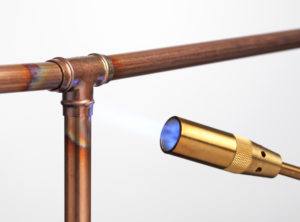
- Long and proven history – copper pipes have been in use for over 80 years, the original copper lines that were installed in older homes are still being used today
- Not prone to leaks
- Durability: copper fittings stay tight and secure
- Will not pollute your drinking water
- Recyclability of old pipes
- Heat resistant
Disadvantages:
- Price – every 100 feet of copper pipes cost $285
- No green product due to copper mining and manufacturing
Cross-Linked Polyethylene (PEX)
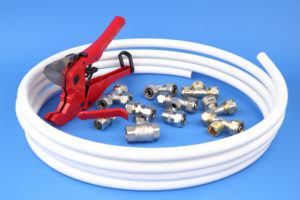
Advantages:
- Great for retrofits because it is flexible and can be snaked into walls without any seams and no trouble
- No soldering involved
- Fewer connections and fittings
- The state of California — known for having the toughest environmental regulations in the country — recently approved PEX for use in the state
- Cost – $30 for 100 feet
Disadvantages:
- Only about 30 years of use – some homeowners get suspicious when they are offered PEX pipes because they think that these pipes haven’t proven themselves yet
Galvanized Steel (metal)
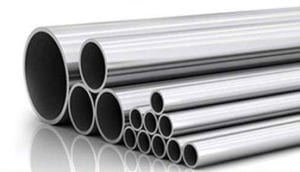 Homes built between the 1930s and the 1980s might still have galvanized pipes. These pipes are not recommended for repiping. No advantages for this type of pipes.
Homes built between the 1930s and the 1980s might still have galvanized pipes. These pipes are not recommended for repiping. No advantages for this type of pipes.
Disadvantages:
- Very heavy
- Internal rusting is caused by zinc coating
- Can lead to reduced water pressure and clogged water lines over time
- Lead can be released in the tap water through corroded pipes
- Yellowish color of water
Polyvinyl Chloride Pipes or PVC Pipes (Plastic)
Advantages:
- Does not rust, corrode, or degrade over time
- Very good for your home’s sink, toilet, and bathtub drain lines or vent stacks
- Often used for the main water supply line into your home
- Can be exposed to high water pressure
- Cheap
- Easy to handle
Disadvantages:
- Cannot handle hot water, can bend when exposed to hot water
Polypropylene Pipes (PP)
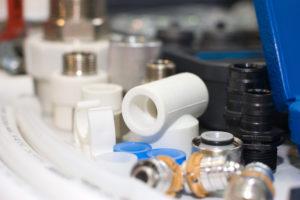 Polypropylene pipes are not that familiar to the American homeowners but they have a 30-year history in Europe.
Polypropylene pipes are not that familiar to the American homeowners but they have a 30-year history in Europe.
Advantages:
- It’s a rigid plastic pipe but it’s not joined together with chemicals (heat is applied to melt the mating ends and connect them together)
- Durability and health safety
- The best option for “going green”
Some specialists say that PP is the future of water pipes. However, they need to be installed by a professional plumber.
If you have noticed, it hasn’t been stated which pipe was best for your home because we think it is up to you to make that important decision based on the given info. Nevertheless, you can always consult our specialists at Norwalk/La Mirada Plumbing Heating & Air Conditioning and get answers for your questions concerning plumbing pipes.




 Homes built between the 1930s and the 1980s might still have galvanized pipes. These pipes are not recommended for repiping. No advantages for this type of pipes.
Homes built between the 1930s and the 1980s might still have galvanized pipes. These pipes are not recommended for repiping. No advantages for this type of pipes. Polypropylene pipes are not that familiar to the American homeowners but they have a 30-year history in Europe.
Polypropylene pipes are not that familiar to the American homeowners but they have a 30-year history in Europe.